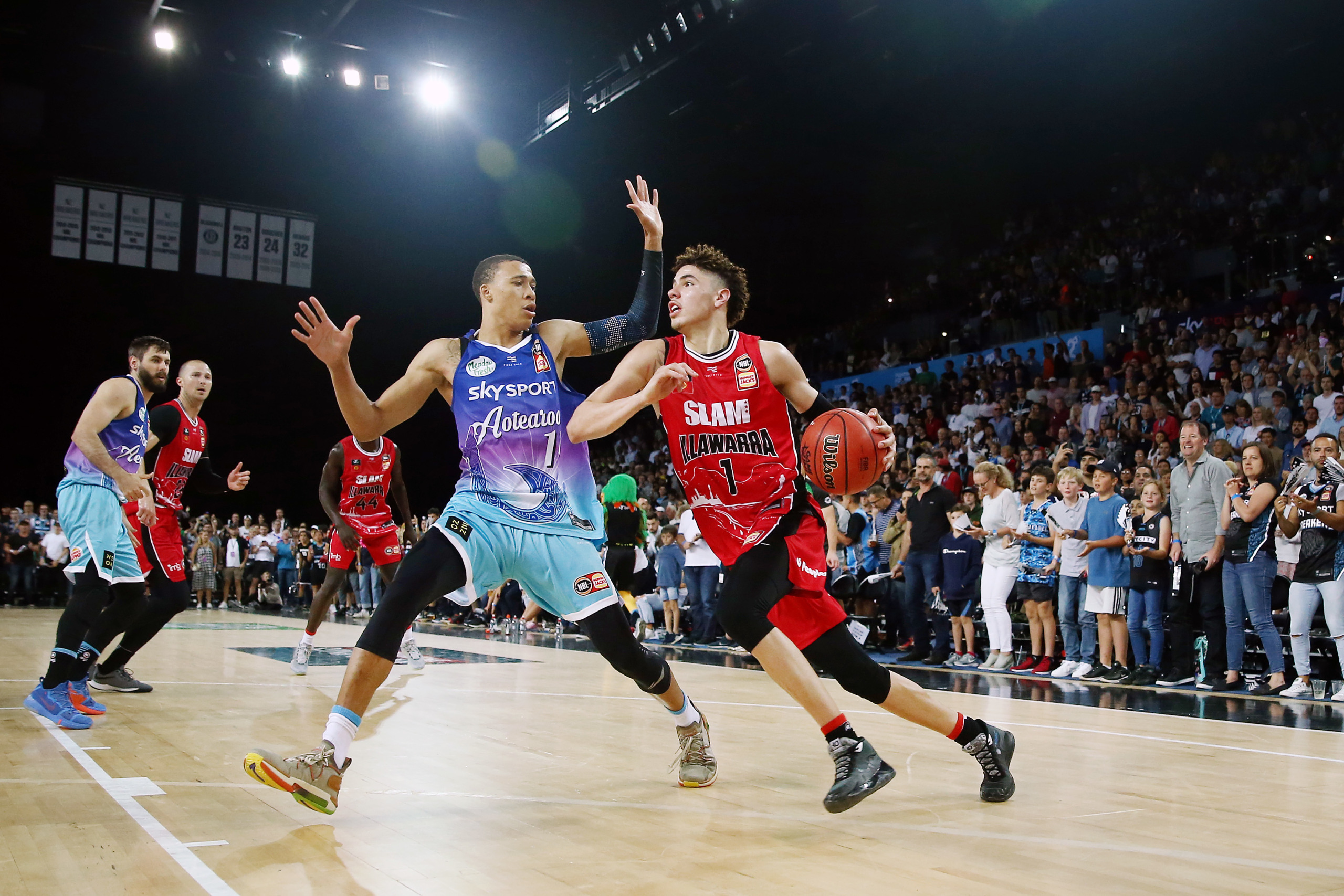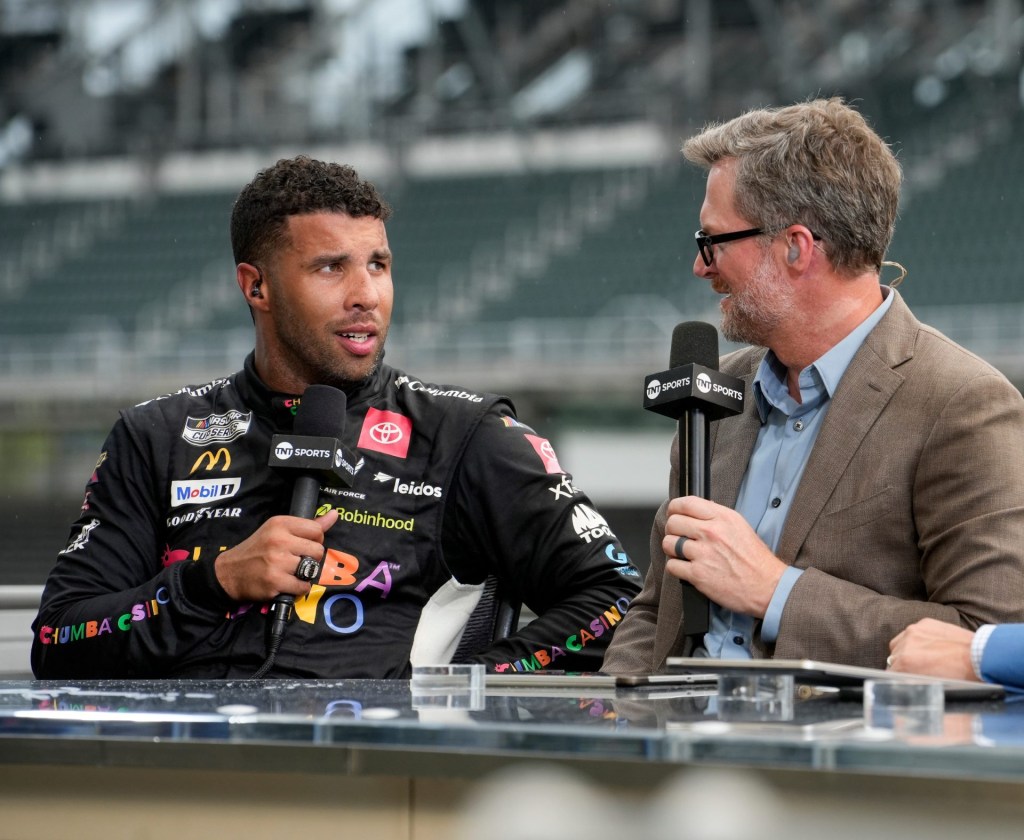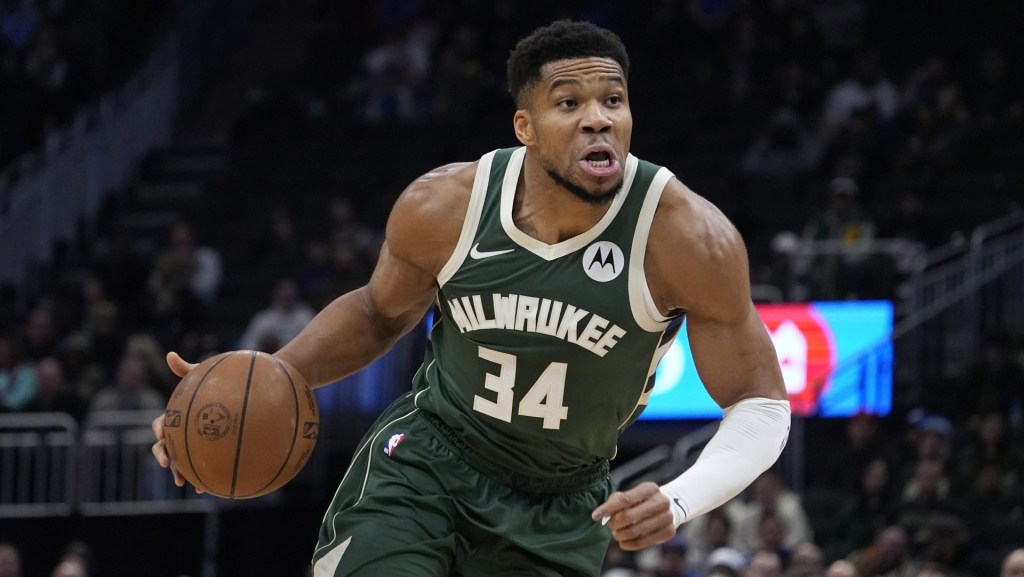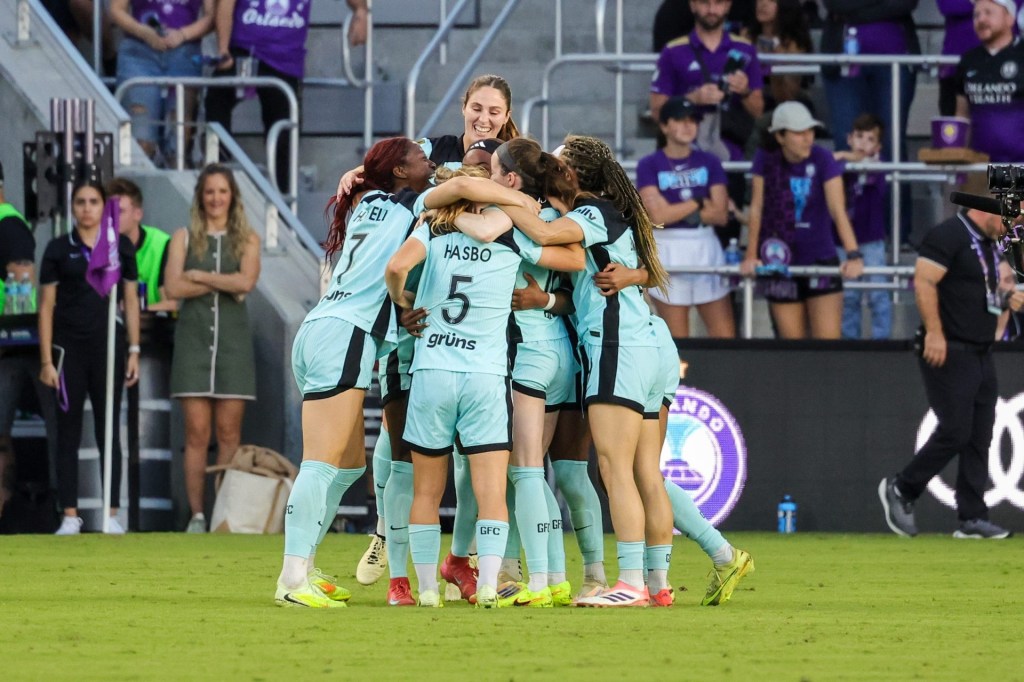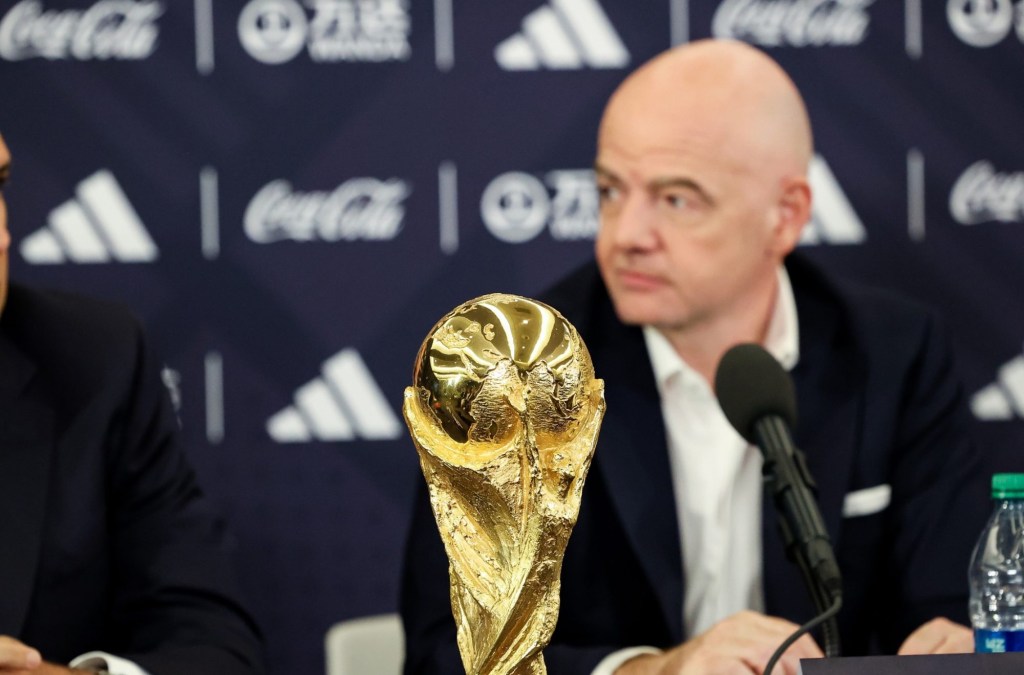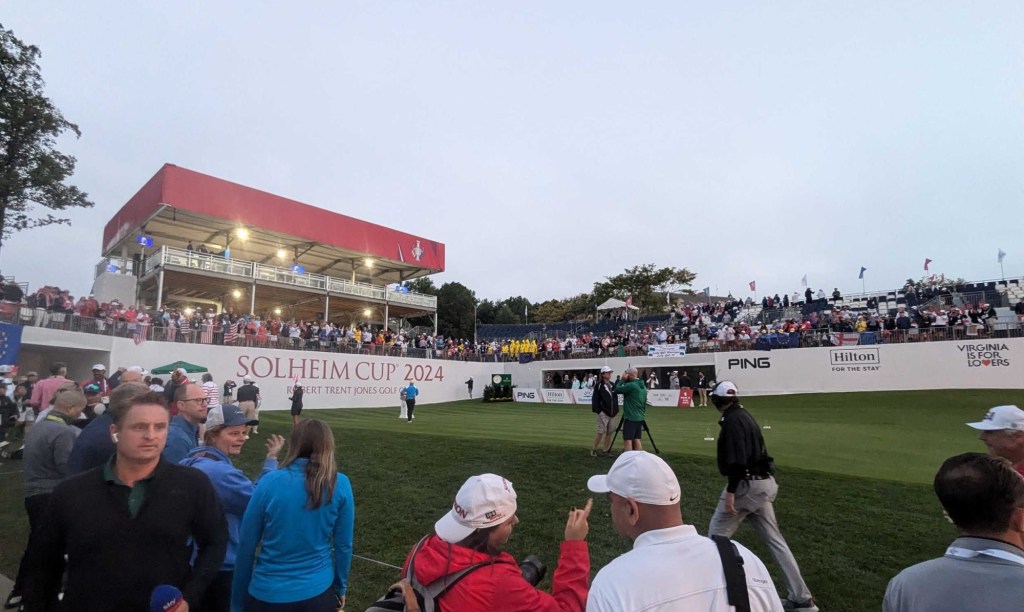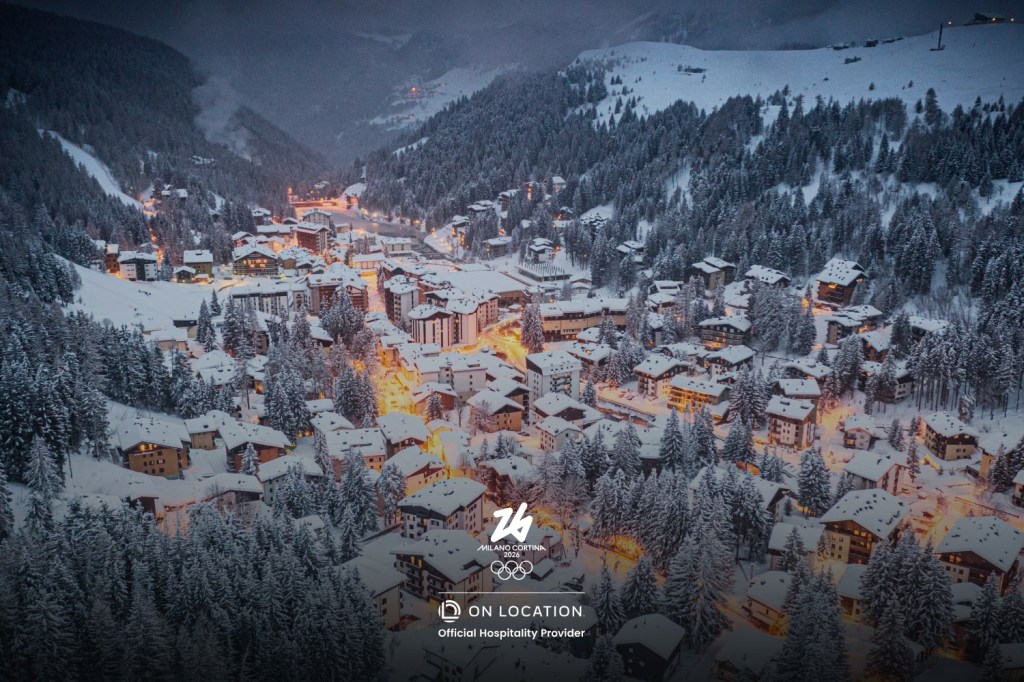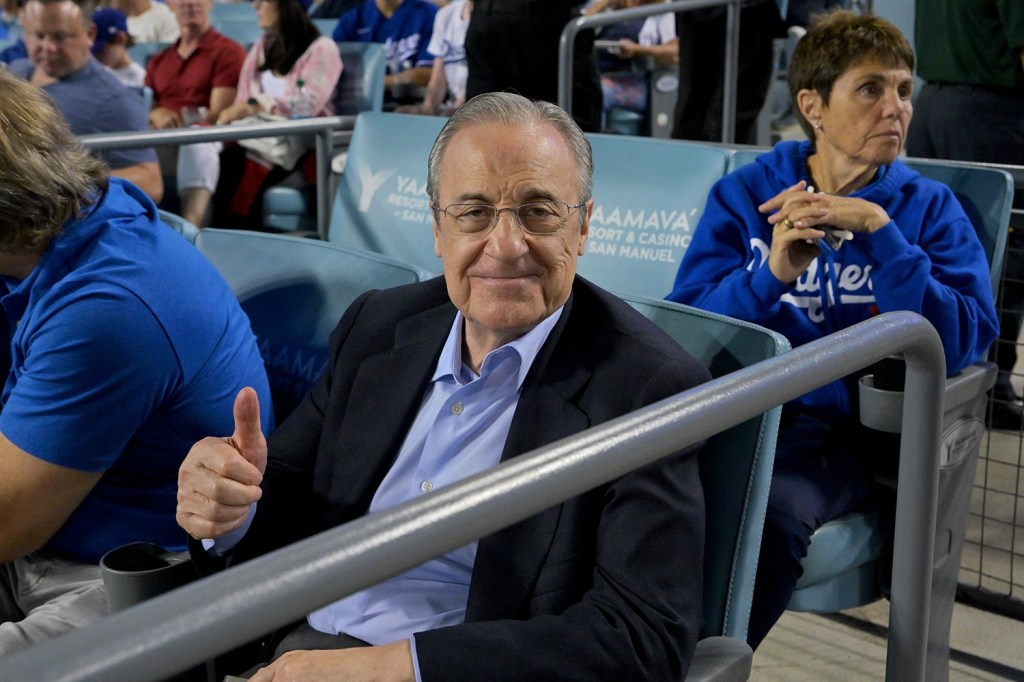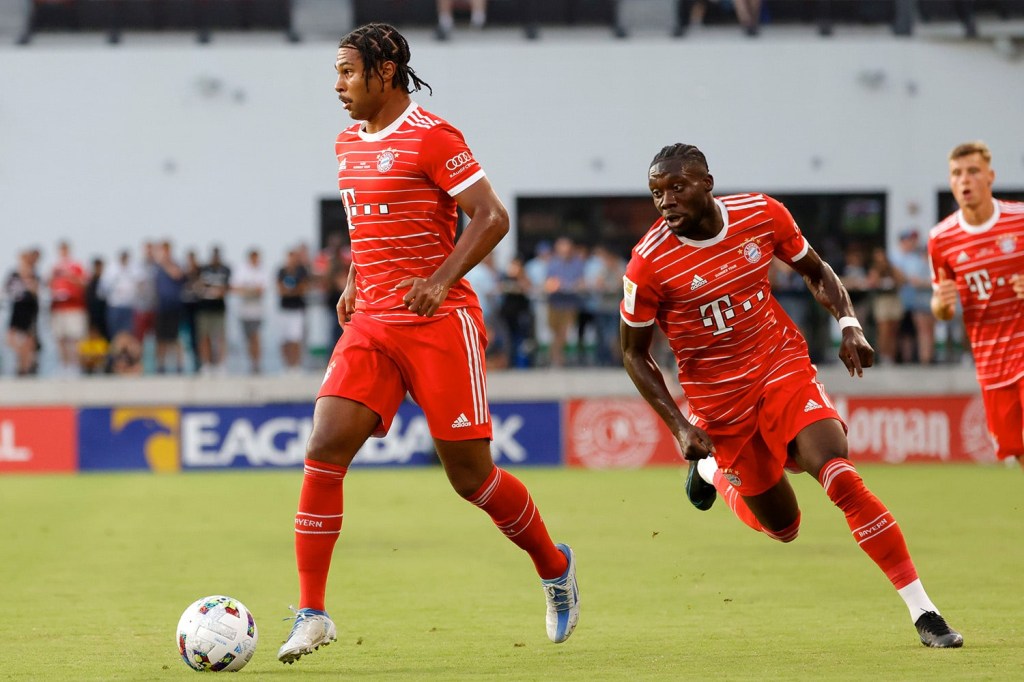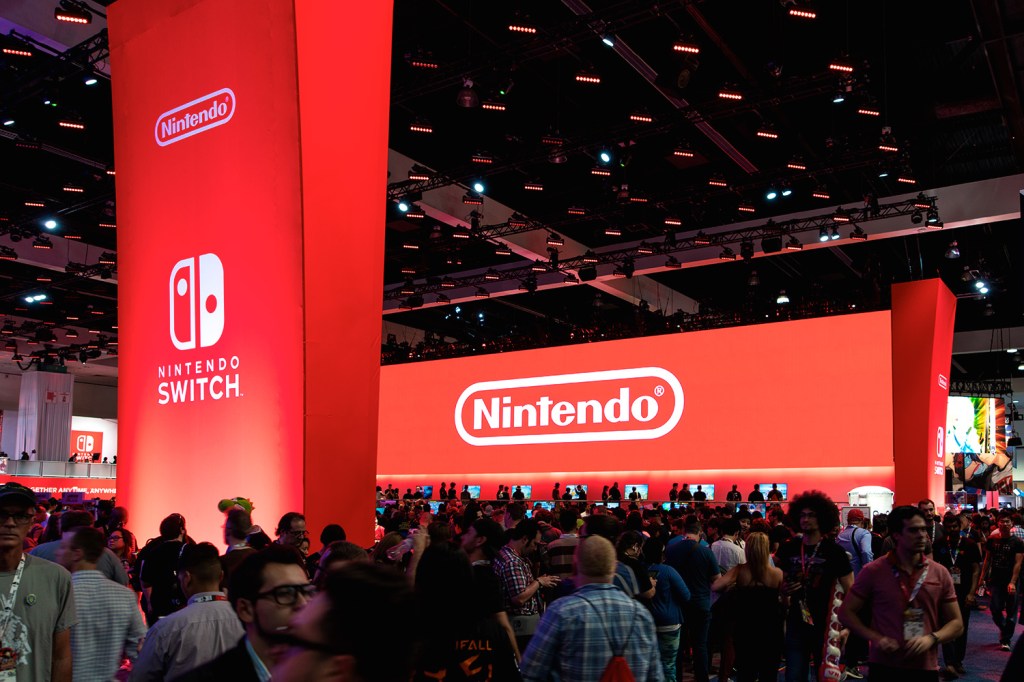Amid the coronavirus pandemic, the National Basketball League saw its 2019-2020 season end under unusual circumstances.
By the time that the NBA paused its season on March 12, the NBL had played through 99.5% of its schedule, where the Perth Wildcats and Sydney Kings were competing in the 2020 NBL Finals’ Grand Final series.
Heading into Game 2 of the Grand Final, the NBL announced that the remainder of the series would be played without fans. Following the Wildcats’ Game 3 win to go up 2-1 in the series, the Kings informed the league that they were not interested in playing out the remaining two games. Their forfeiture led to the NBL canceling Games 4 and 5, thus making the Wildcats the champions of the 2020 Grand Final series.
Despite the odd finish, NBL Commissioner and CEO Jeremy Loeliger looks back at the past season as yet another remarkable one for the NBL.
The NBL closed out a fifth consecutive year of growth of both fans in attendance and viewership. Cumulative attendance grew 21% from 2018-2019, with average attendance rising 8% during that same stretch.
League-wide, however, Loeliger took great pride in seeing all of the NBL’s nine teams in Australia and New Zealand accomplish something it had never done before: all see individual growth in their average attendances.
“You might be able to put growth in attendance down to one or two clubs having particularly good years or scheduling changes,” Loeliger said. “Whatever it might be, I think having every single club increase its average attendance is a real hallmark of the fact that the league is going through a period of great momentum.”
It has not always been an easy ride for the NBL. When Loeliger first joined the league as CEO in 2015, he was frank in the direness of the league’s viability. Basketball in Australia was long considered an afterthought, and the NBL struggled to conjure up any media or advertising deals.
Fast forward five years later, and the NBL – courtesy of Loeliger’s leadership – has quickly staked its claim as arguably the second-biggest basketball league in the world behind the NBA.
READ MORE: How Two American Youngsters Are Attracting Attention To The NBL
Loeliger attributes a large chunk of the NBL’s record-setting 2019-2020 campaign to the success of its Next Stars initiative, which was created for players not yet eligible for the upcoming NBA Draft but who do not want to play college basketball.
Joining headliners LaMelo Ball and R.J. Hampton in the NBL’s Next Stars program included Didi Louzada, a 20-year-old Brazilian basketball player who went to the New Orleans Pelicans as the 35th pick in the 2019 NBA Draft by the New Orleans Pelicans. When Louzada and the Sydney Kings faced off against Ball and the Illawarra Hawks on November 17, 2019, the game set a league attendance record with 17,514 spectators.
Loeliger knows though that the NBL’s global expansion was largely aided by the additions of Ball and Hampton. When the Hawks took on Hampton and the New Zealand Breakers on October 24, 2019, nearly two million people in the United States streamed it on the NBL’s Facebook page en-route to becoming the most-watched game in league history.
“Only a month prior, very few people in the U.S. would have known much about the NBL,” Loeliger said. “For us to now have 2 million viewers tuning in to a game on Facebook to watch RJ Hampton take on LaMelo Ball… it’s just a very significant paradigm shift for us.”
Courtesy of its partnership with Facebook Watch, viewers in the U.S., Australia, and New Zealand were able to stream 75 NBL games during the 2019-2020 season. Those in the U.S. had access to 52 games on the streaming service – highlighted by matchups featuring either Ball or Hampton – while viewers in Australia and New Zealand could watch 23 regular-season contests.
With the addition of Facebook Watch, the NBL reached a cumulative live and replay viewing of 25.8 million viewers. It also helped contribute to the league’s 2.9 billion social media mentions during the season – a 324% increase from 2018-2019.
That added presence was felt in Auckland, where the Breakers were in their second season with Hampton with a new ownership group led by former Florida basketball star Matt Walsh. Despite finishing with a record of 15-13 and missing the Grand Final, the Breakers – largely thanks to Hampton – saw attendance increase 37% year-over-year while also having great success with merchandise sales.
“With the addition of RJ, we definitely noticed significant growth in the teen market, both at games and in terms of consumption of digital content,” Breakers COO Lisa Edser said. “This included a large U.S. audience, specifically for games against Illawarra and LaMelo Ball. RJ’s singlet was a popular merchandise item, and items such as arm sleeves that RJ wore consistently sold out.”
Karren Rogers, Facebook sports partnerships lead for Australia and New Zealand, is unequivocal in her thoughts on Ball and Hampton’s impact. When looking at the countries with the most one-minute viewers of NBL games on Facebook this season, the U.S. ranked second only to the Philippines. While both basketball and the NBA are popular in the Philippines, Rogers is confident that both Ball and Hampton were the primary drivers behind the NBL’s Facebook growth in those countries.
“We were really pleased with how the content performed on Facebook,” Rogers said. “It drove connections and conversation, which are two core tenets of the Facebook Watch experience, and it further demonstrated how Facebook could help our partners grow their audiences, especially in new markets where they may not have previously had a relationship with fans.”
Already, the 2020-2021 season is shaping up to be vastly different than any that Loeliger had been a part of. In late April, the NBL, its nine clubs, and the Australian Basketball Players’ Association announced a salary plan which slashed previous player contracts of less than $79,000 to $58,854, a 27.5% pay cut for contracts in the $80,000 to $99,000 range, and a 50% reduction in player deals exceeding $200,000.
Fortunately for Loeliger, the ABPA – led by CEO Jacob Holmes – was flexible and willing to get a deal done as quickly as possible.
“The players recognize that this is an extraordinarily difficult time for the community, and there are many other Australians who are doing it very tough right now,” Holmes said in a statement. “Our focus was on reaching an agreement that would protect, as much as possible, the livelihood of the players while ensuring the viability of the league. We’re pleased to have been able to productively work through this challenging situation with the NBL and the owners, and the players are very much looking forward to getting out on the court again and engaging with their loyal fans as soon as they’re able to.”
With roughly 7,459 confirmed cases and 102 deaths, Australia has managed to avoid the brunt of the coronavirus pandemic from a public health standpoint. But for the NBL, Loeliger is closely paying attention to the crisis as the league preps for its 2020-2021 season, which is scheduled to begin in October.
Normally, June is the month where the NBL and a select team embarks on its annual trip to China to compete against the Chinese national team. Preparing for that trip usually would begin in November or December of the previous year, Loeliger said; when it came to the 2020 China trip, he and the NBL had already been aware of the coronavirus and dropped it entirely.
While NBL teams are more reliant on revenue generators like ticketing, corporate hospitality, and sponsorships, Loeliger says that the league as a whole does not possess lucrative deals in any of these categories. With that in mind, he believes that the league can afford to push back the beginning of the season if it were beneficial to the teams and their fans.
READ MORE: Meet ‘Hell’s Trainer,’ The Man Challenging All of Amateur Basketball
However, for the NBL to continue on a path of increasing global relevance is reliant on its ability to bring in high-end young talent like Ball and Hampton – a task that is likely to become more difficult.
Competition between the NBL and other alternative paths for young players is also ramping up. The G-League has seen youngsters like Jalen Green, Daishen Nix, and Isaiah Todd bypass college in favor of six-figure salaries from its newly formed professional pathway program. Other high-ranked players included Makur Maker, Karim Mane, and Kai Sotto.
Whereas some recruits have elected to join the G-League, others like Kyree Walker, MarJon Beauchamp and JD Tsasa have elected to skip college and participate in ChameleonBX, a training program led by famed sports trainer Frank Matrisciano. With players like Ball and Hampton chasing the salaries that the NBL can offer them, Matrisciano believes that they are the latest examples of young stars prioritizing money over development.
“You’ll get drafted if you have any potential,” Matrisciano told Front Office Sports in January. “But just like Josh Jackson was the fourth pick and was the best player, he’s in the G-League. There’s no guarantee they’ll get to their second contract, but they’ll get drafted. [Ball and Hampton] are down there – they’re not developing. I know they’re injured, but they’re not developing, they’re not getting stronger, etc. R.J, has said, ‘I will come back to America and train for the draft.’ Well, what are you doing down there [in New Zealand]? He’s making money, that’s all it is… that’s great, but I’m saying, ‘don’t take the short bag, go the long route.’”
Regarding the G-League’s place in the developmental ranks, Loeliger thinks that it can serve as a complementary product that will suit a number of high-school players in pursuit of the NBA. Especially with American talent, they can stay close to home, compete in an academy environment consisting of both young and veteran players, and eventually compete against other G-League clubs.
Ultimately though, Loeliger thinks that the professionalism associated with the NBL – which has landed budding NBA players like Australian players Mojave King of the Cairns Taipei and the Adelaide 36ers’ Josh Giddey – will be equally appealing to future Next Stars signees.
“It’s a very, very different experience to come and play a professional season in the NBL where you’re playing and working out against full-grown men who’ve been doing this year in year out,” he said. “For some players, the G-League path will make a lot of sense for others. I still think that there’s great appeal in coming and playing with a professional club for a full season and trying to win a championship.”
No matter what happens in the fall, Loeliger has been impressed with Australia’s gradual affection for basketball. For decades, he saw the continent look down at the sport, making the NBL an afterthought when compared to the likes of the Australian Football League and National Rugby League. Nowadays, that’s no longer the case.
“We get a great deal of enthusiasm from our media and from our fans – not just fans of basketball, but from sporting fans – talking about how great it is to see the NBL as part of that water-cooler conversation,” he said. “We’re certainly buoyed by the public support, and we’re looking forward to rewarding their trust and their faith by continuing to improve this product and continuing to give them something that they can talk about and be proud of.”
